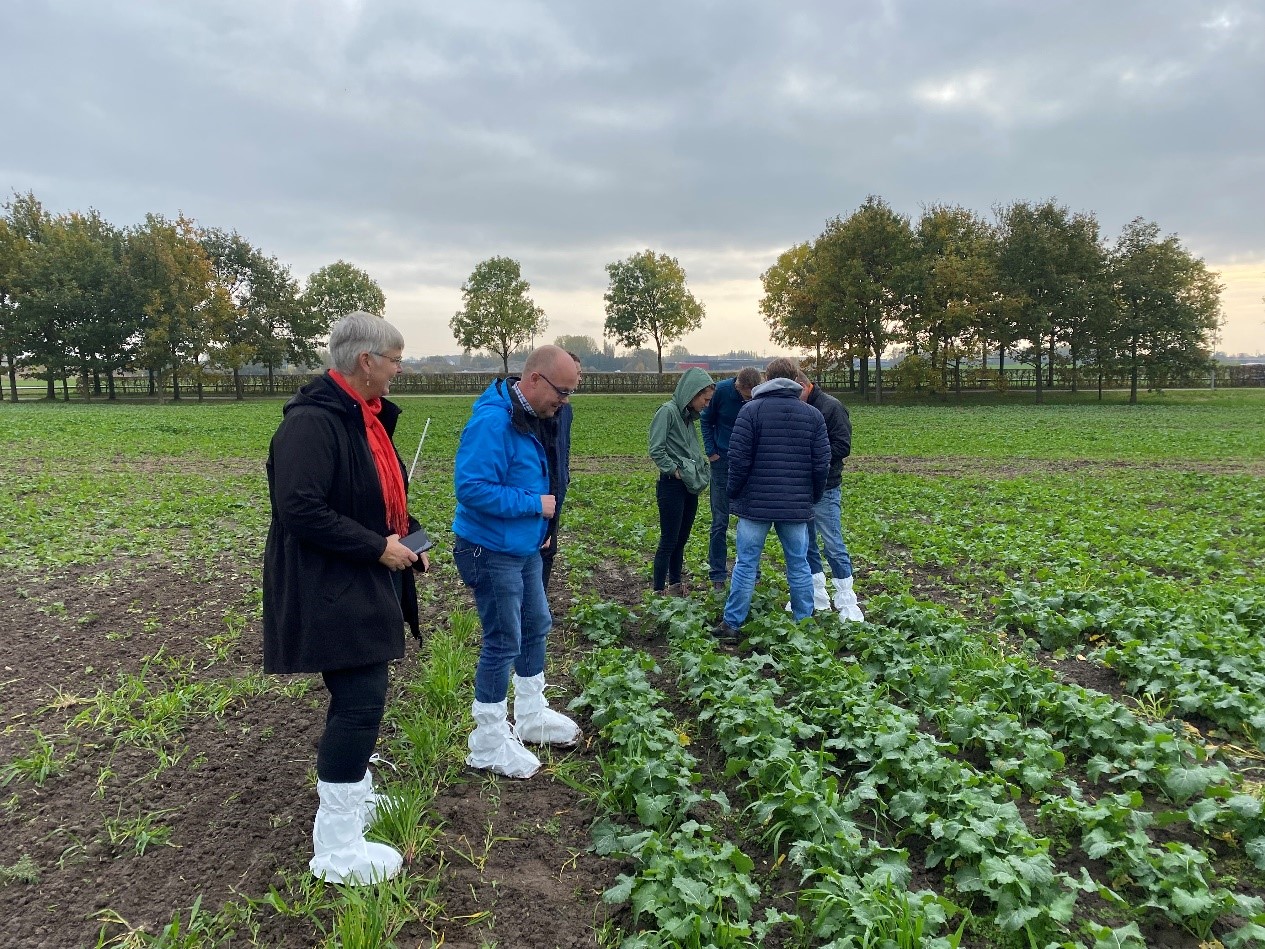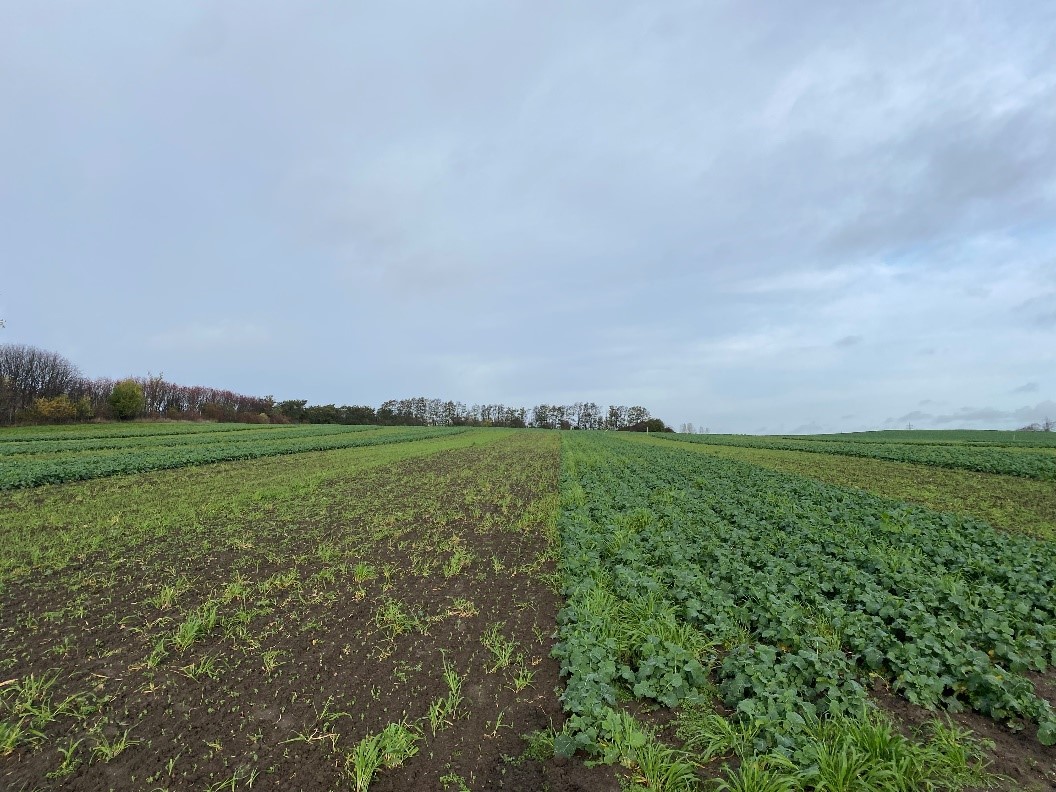High use of external inputs, especially agrochemicals, has considerably increased food production since the Green Revolution. This has, however, also led to a decline in biodiversity and contributed to a change in climate, soil, air and water quality. Hence, there is a need to develop cropping systems that are multi-functional, i.e. not only increase food production, but also improves the environment and economy.

In order to develop new multi-functional cropping systems, a new project at SITES Lönnstorp, funded by Formas, will study the possibility to design diversified cropping systems based on strip cropping, i.e. growing crops on the same field in distinguishable stripes or patches. The strip cropping will consist of winter oilseed rape and winter wheat and will be intercropped with and without winter pea. The project has a participatory approach and the co-designed cropping systems will be established and evaluated both at farming fields and at SITES Lönnstorps research station during three growing seasons. The performance of each diversification approach (strip cropping and intercropping with winter pea) will be evaluated in terms of pest and natural enemy abundance, weeds, diseases, crop nitrogen acquisition and yield. The sustainability (economic, environmental and social dimensions) of the co-designed cropping systems will also be assessed by using a multi-criteria sustainability assessment tool.
You can read more about the project here
